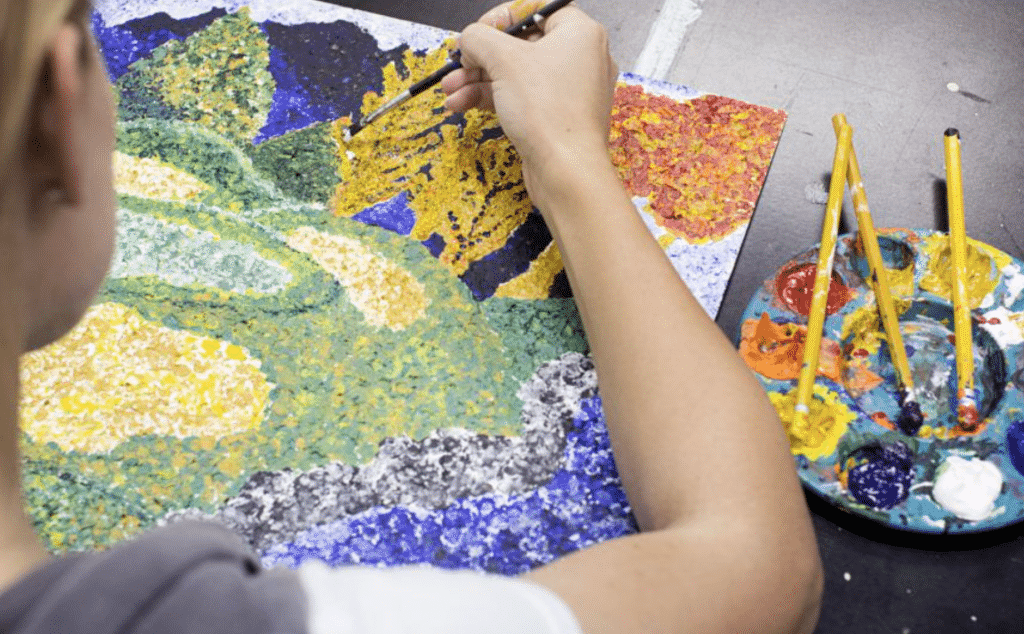Humans are born with an inclination to create, whether it’s making mud pies as a toddler or painting commissioned portraits. Many people, however, lose touch with their creative side in their journey to adulthood. It’s only years later that some finally pick up a pen or paintbrush after the urge to create strikes again. We’ve made a short list of projects and mediums to explore when liberating your need to create.
An exercise: one sketch a day
This is the perfect exercise for someone who’s short of time but wants to get into the habit of fostering creativity. There are a number of different informal programs that encourage people to make art regularly and completing one sketch every day is one of them. You don’t need to be fast or accurate; just the act of creating something is enough.
Getting to grips with clay
For many people the last time they sculpted anything was when they were in pre-school making blobby figures out of coloured dough. Just like drawing, working with clay doesn’t require any particular expertise – if you want to create more difficult pieces, of course, you’ll need to practise, but the point of getting creative is to bend rules rather than conform to them. Clay has been used for millennia for multiple purposes, from making cooking pots to sculpting the likeness of royalty, and there is something very therapeutic about kneading and stretching this versatile material.
Papier-mache
Like working with clay, using papier-mache is often something only done by young children – all the more reason to re-experience it when you’re looking to reconnect with your inner artist. It can be messy (like every art form) but excellent for experimentation with shapes and colours. All you need are old papers or magazines, a cup of flour and some water. With this medium you can try your hand at functional pieces such as small containers or explore your ideas with more spontaneity.
Using ink
Drawing or painting with ink can be very satisfying – seeing each fluid line settling into the page. The most exciting thing is that you’re not restricted to using a conventional pen (dipping pen or cartridge). Any number of items could serve as a vessel for transferring ink to paper: fingers, toothpicks, paintbrushes and feathers each result in unique lines and images.
Collage
Creating collages needn’t be relegated to art classes or vision boards. Once again, there isn’t any equipment needed apart from scrap paper and ordinary glue, and the range of styles to explore is vast, just like the number of slots Argentina offers. You can work with paper in many different ways, including using torn scraps, using only circles or squares, cutting out letters or cutting out pictures to be combined into an abstract creation.
Importance of creative expression
Without some sort of creative outlet, people are left without the vital ability to express their inner thoughts and feelings without the restrictions of exclusively using words. Not everyone feels like a natural artist, but each one of us has the innate ability to create – and many opportunities to use it.
